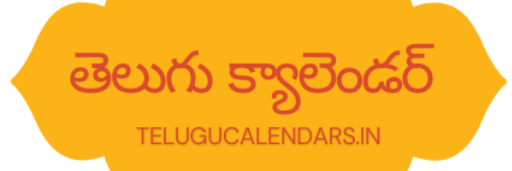Designing a Culturally Significant and User-Friendly Interface
When creating a custom theme for a Telugu calendar blog, the design elements must reflect the rich cultural heritage of the Telugu-speaking community while also ensuring a user-friendly experience. A well-thought-out color scheme is vital; colors such as saffron, yellow, and green are deeply rooted in Telugu culture and evoke a sense of tradition. These colors can be strategically used in the background, buttons, and text elements to create a visually appealing interface that resonates with visitors.
Typography plays a crucial role in enhancing accessibility. Incorporating Telugu script fonts along with English will cater to both native speakers and those who may not be fluent in the language. This duality not only enhances readability but also pays homage to the cultural identity of the Telugu community. It is important to select fonts that are legible across various devices and sizes, ensuring that users can easily read content regardless of their device.
Integrating traditional Telugu symbols as icons is another effective way to enhance the cultural theme. Icons derived from local art or significant cultural motifs can serve as menu items or buttons, enriching the user experience while reinforcing cultural significance. These symbols can be incorporated throughout the blog, lending an authentic aesthetic that ties back to Telugu traditions.
Additionally, optimizing the theme for both desktop and mobile users is essential. A responsive design ensures that all features, including the prominently displayed current month’s calendar, are easily accessible on any device. The homepage should be structured to showcase the current month’s calendar clearly, alongside intuitive navigation options that allow users to explore past and future months effortlessly. This thoughtful organization will enhance user engagement, making it easier for visitors to connect with the content they seek.
Enhancing Functionality with Custom Widgets and Features
When building a custom theme for a Telugu calendar blog, it is essential to incorporate functionalities that not only enhance user experience but also cater directly to the specific needs of the audience. One primary feature to consider is a sidebar that provides daily panchangam, festival dates, and auspicious times. This dynamic widget enables users to easily access relevant astrological information, making the blog more interactive and valuable.
In addition to informative content, ensuring that the blog is fast-loading and optimized for search engines is key. Fast-loading websites enhance user satisfaction, while effective SEO practices improve the likelihood of the blog being discoverable on search engines. By streamlining images and employing efficient coding techniques, the custom theme can achieve optimal speed and visibility.
Moreover, customization options for colors, fonts, and layouts should be seamlessly integrated into the theme. This allows users to personalize their experience without requiring extensive coding knowledge. Providing such flexibility encourages greater user engagement, as visitors can modify the appearance of the blog to suit their preferences, fostering a more welcoming atmosphere.
Multi-language support is another crucial feature for a Telugu calendar blog. By including a language switch option between Telugu and English, the theme can cater to a broader audience, accommodating both native speakers and those looking for content in English. Furthermore, integrating social sharing buttons for platforms like Facebook, WhatsApp, and Twitter empowers users to easily share engaging content, thereby increasing the blog’s reach and enhancing its overall visibility.
These features collectively contribute to a robust, user-friendly experience on the blog, ensuring that it meets the interactive and informational needs of its audience while remaining efficient and accessible.

Leave a Reply